-
Zero-carbon smart park + energy storage

Traditional industrial parks have many devices, which have the characteristics of high power consumption, long-term high load, and high energy consumption. In order to achieve the carbon reduction target, renewable energy is widely used in smart parks, but due to its instability, it will lead to insufficient or excessive power supply. At this time, energy storage systems are needed to adjust the supply and demand levels.
In the “smart park + energy storage” mode, the energy storage system can collect excess electricity from solar energy, wind energy, etc., and then supply it to the grid during the main electricity consumption period. This not only stabilizes the grid, but the energy storage system can also provide backup power to the grid in an emergency to ensure the normal operation of the park. In addition, my country’s industrial parks have a high electricity price difference, which is suitable for peak-valley arbitrage of energy storage projects.
-
Commercial complex + energy storage

The integrated implementation plan for energy conservation, energy storage and charging in commercial complexes is a comprehensive solution, including energy conservation, energy storage and charging. By adopting energy-saving technologies and equipment, the energy consumption of commercial complexes can be reduced; distributed new energy power stations can be installed in commercial complexes, and electric energy can be stored through energy storage equipment for use by commercial entities, thereby reducing dependence on traditional energy. In addition, through energy storage equipment, charging piles can also be set up in parking lots, underground garages and other places of commercial entities to provide charging services for new energy vehicles.
-
Data Center + Energy Storage
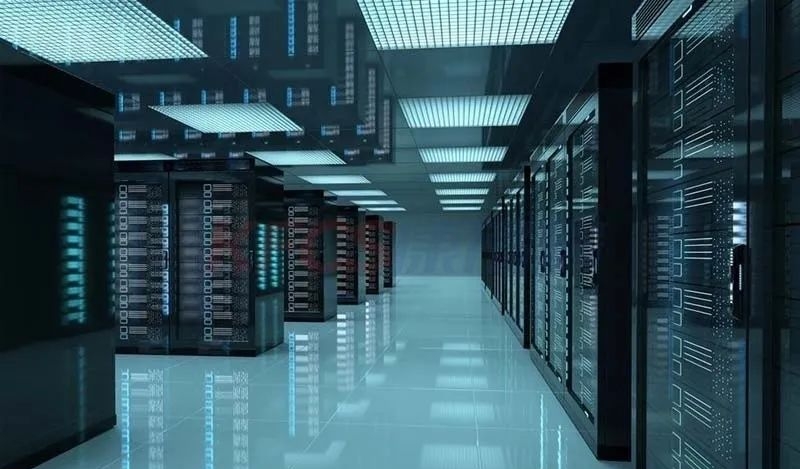
Under the implementation of the “dual carbon” strategy, low-carbon data centers will be the future development trend, and “renewable energy + storage integration + virtual power plant” is one of the ways that data centers can achieve carbon neutrality. Through digital and intelligent technologies, distributed energy, energy storage, and load are deeply integrated. By establishing the aggregation effect of the upper platform of the virtual power plant, the data center load, renewable energy power supply, and energy storage become an organic whole, achieving a self-generated, self-used, and self-managed energy autonomous domain within the region, and truly realizing a carbon-neutral data center.
In this process, the energy storage system improves the economy of the data center’s power operation and enhances the reliability of the data center’s power supply through mechanisms such as peak shaving and valley filling and capacity allocation. While being low-carbon and energy-saving, it can effectively prevent accidental power outages in the data center from causing data loss and improve the safety and stability of the power supply system.
-
Photovoltaic storage and charging integration
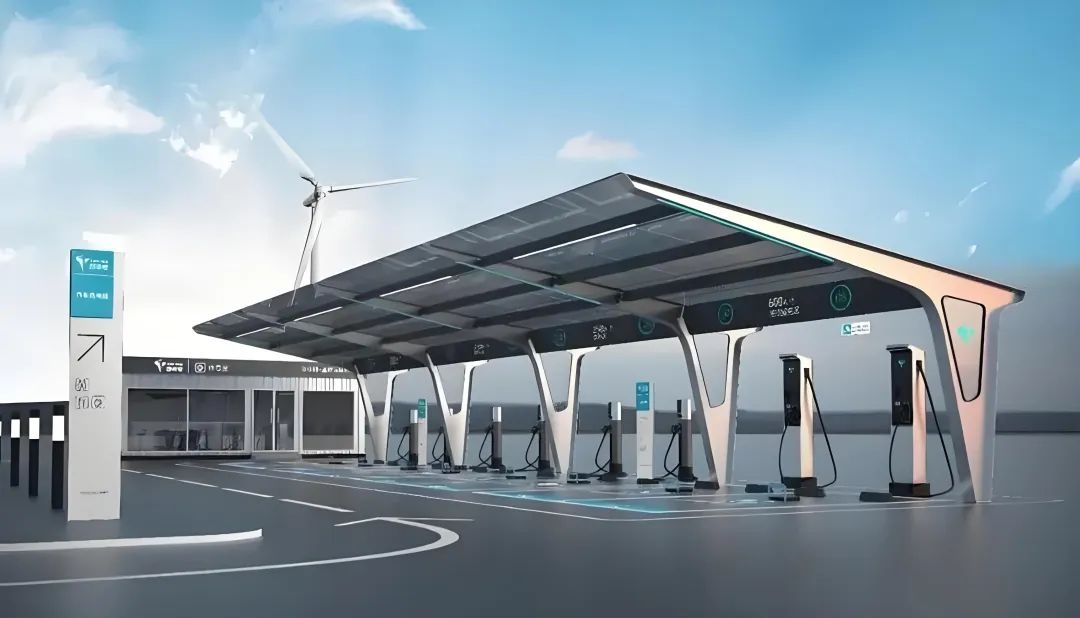
With the rapid development of the new energy vehicle industry, the demand for charging is also growing synchronously, but there is still a huge gap in the current charging pile market in my country. As a new attempt at green economy, the “photovoltaic storage and charging integrated charging station” has broad development prospects.
The photovoltaic storage charging station integrates multiple technologies such as photovoltaic power generation, large-capacity energy storage batteries, and intelligent charging piles. It uses the battery energy storage system to absorb valley electricity and support fast charging loads during peak periods to supply green electricity to electric vehicles. At the same time, it is supplemented by the photovoltaic power generation system to achieve auxiliary service functions such as power peak shaving and valley filling, effectively reducing the peak-to-valley difference of the fast charging station load and effectively improving the system operation efficiency.
-
5G Base Station + Energy Storage
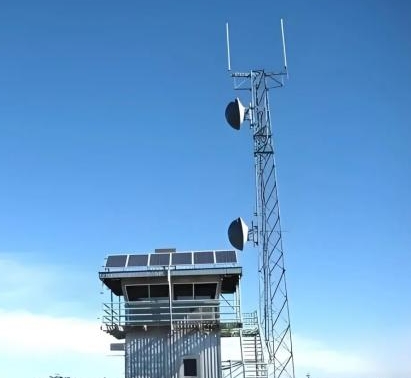
In order to meet the growing number of 5G base stations and electricity demand, and to reduce resource waste, the electrochemical energy storage system has become a suitable choice for 5G base station backup power supply with its flexible, intelligent and efficient technical characteristics.
5G base station storage uses intelligent peak shifting, charging during idle time and discharging during busy time, which solves the pain point that 5G base station construction cannot be smoothly promoted due to power supply problems, and is conducive to vigorously promoting the implementation of 5G base stations and the development of 6G technology.
-
Residential + Energy Storage

More and more families are installing photovoltaic power stations as a supplement to their energy consumption or as a source of income from electricity bills. The configuration of energy storage power stations has become an important measure to ensure the safety and stability of household electricity consumption.
Household energy storage usually includes equipment such as batteries, supercapacitors and hot water storage tanks, which can effectively store clean energy such as solar energy and wind energy produced by the family. The advantage of this is that it allows the family to be self-sufficient when needed, and at the same time, it can also sell excess electricity to the power grid, thereby obtaining certain economic benefits.
Household energy storage can help families become self-sufficient and no longer rely on the power grid, thus reducing household electricity costs. In addition to being self-sufficient, household energy storage can also sell excess electricity to the power grid, thereby gaining certain economic benefits. When the power quality is poor, it can also improve the power quality by storing electricity and providing power support.
-
Microgrid + Energy Storage
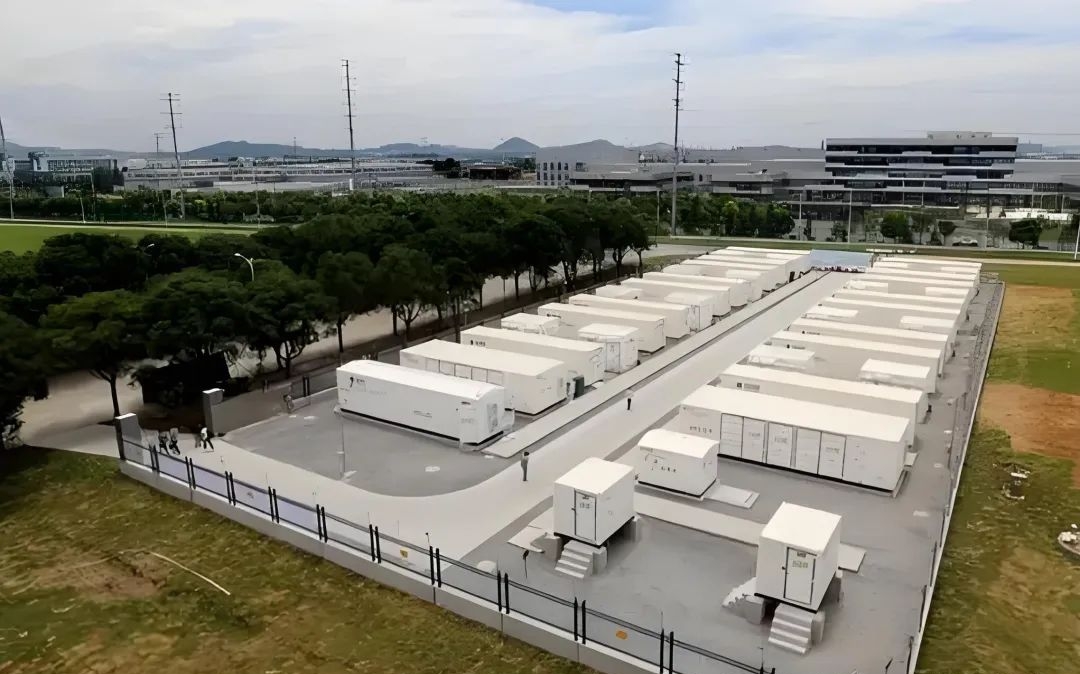
In recent years, my country has vigorously developed island construction. These islands are home to a small number of residents and island militia, as well as power-consuming equipment such as mobile signal transmission base stations and maritime radar stations. In harsh natural environments, conventional photovoltaic or wind power generation cannot provide stable and reliable electricity for the islands in this scenario.
Installing off-grid smart island microgrids on such islands, using energy management systems to accurately coordinate and control power generation, energy storage, and power consumption, and flexibly adjust the connection methods of each user, to achieve “source-grid-load-storage” coordinated control and economic operation. Off-grid smart island microgrids not only solve the energy consumption problems of island residents, provide power supply guarantees for island and marine development and protection, but also provide a technical model for the construction of smart island microgrids.
-
Mining Area + Energy Storage
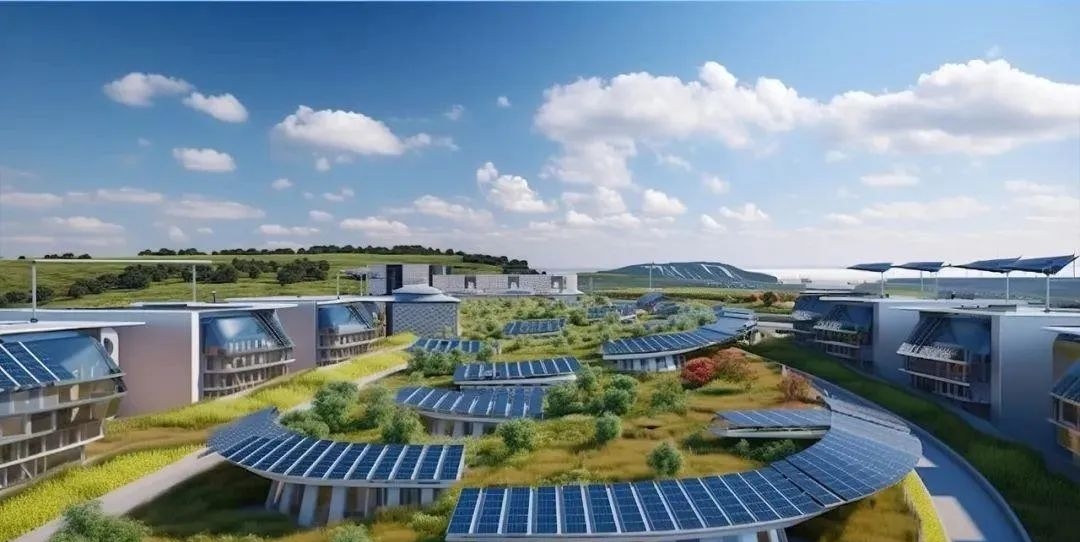
For example, in areas such as oil exploration and coal mining, there is no reliable, fixed, and economical power supply that can continuously supply power. After configuring the energy storage system, when a fault occurs on the grid side or the power supply needs to be stopped for normal maintenance, the battery system on the load side converts the DC in the battery system into AC through the energy storage converter to supply power to the user side.
During normal operation, the time period when the user side draws power from the grid side and the time period when the battery pack stores energy are reasonably allocated by the system controller according to the peak, flat, and valley periods of electricity billing. The offshore oil field power grid is a typical island power grid with small power supply capacity and large load capacity. The instant of large load startup and grid failure will cause large frequency fluctuations. Configuring energy storage can effectively improve the frequency regulation performance of the power system and maintain frequency stability.
-
Emergency Energy Storage Power Supply
High-power emergency energy storage power supply is a sub-segment of the new energy battery industry, which can be simply understood as an “oversized power bank”. Portable energy storage power supply can be used in outdoor scenes such as RV travel, night fishing, and outdoor camping. In addition, in the event of a failure in the power supply system of the power grid, the emergency energy storage power system can provide power guarantee for emergency rescue and can be used in a variety of scenarios such as emergency rescue and hospital backup power supply.
-
Urban Rail Transit + Energy Storage
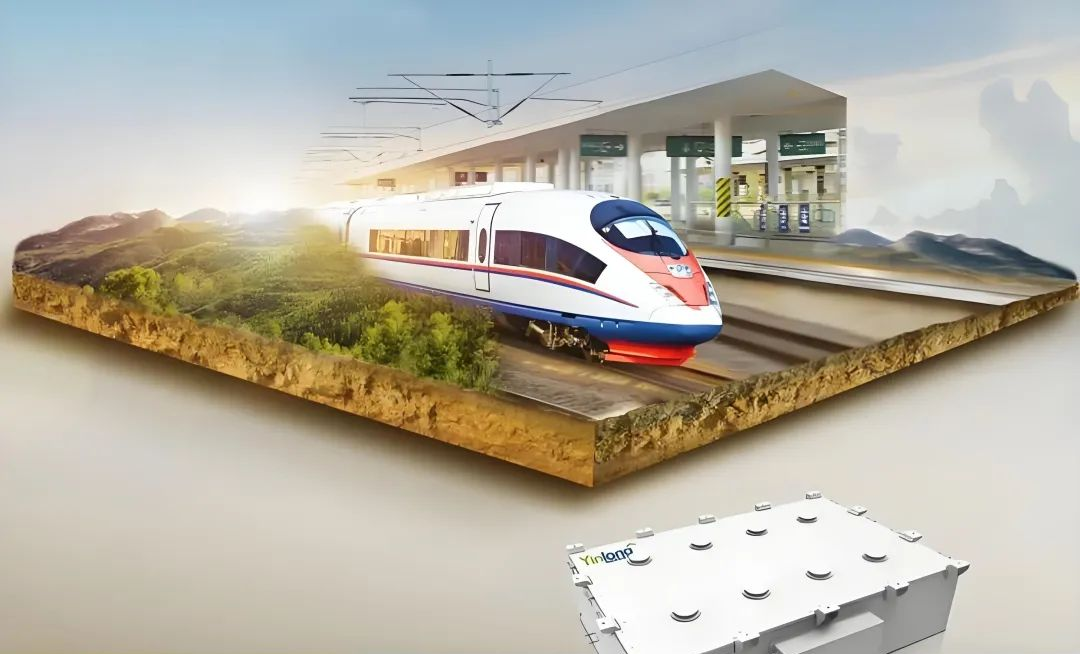
Urban rail transit energy storage system refers to the process of introducing energy storage system to recycle and reuse the large amount of regenerative electric energy generated by regenerative braking of urban rail transit vehicles. It is the requirement and development direction for building an energy-saving society in the future.
Flywheel energy storage is the most widely used in urban subways. Flywheel energy storage uses electric motors to drive the flywheel rotor under vacuum magnetic suspension conditions to rotate at high speed to store energy. When the speed increases, it is charged, and when the speed decreases, it can be discharged. High power density and long life are its technical characteristics. It can not only respond to high-power charging and discharging within 5 milliseconds, but also has a charging and discharging life of up to tens of millions of times.
